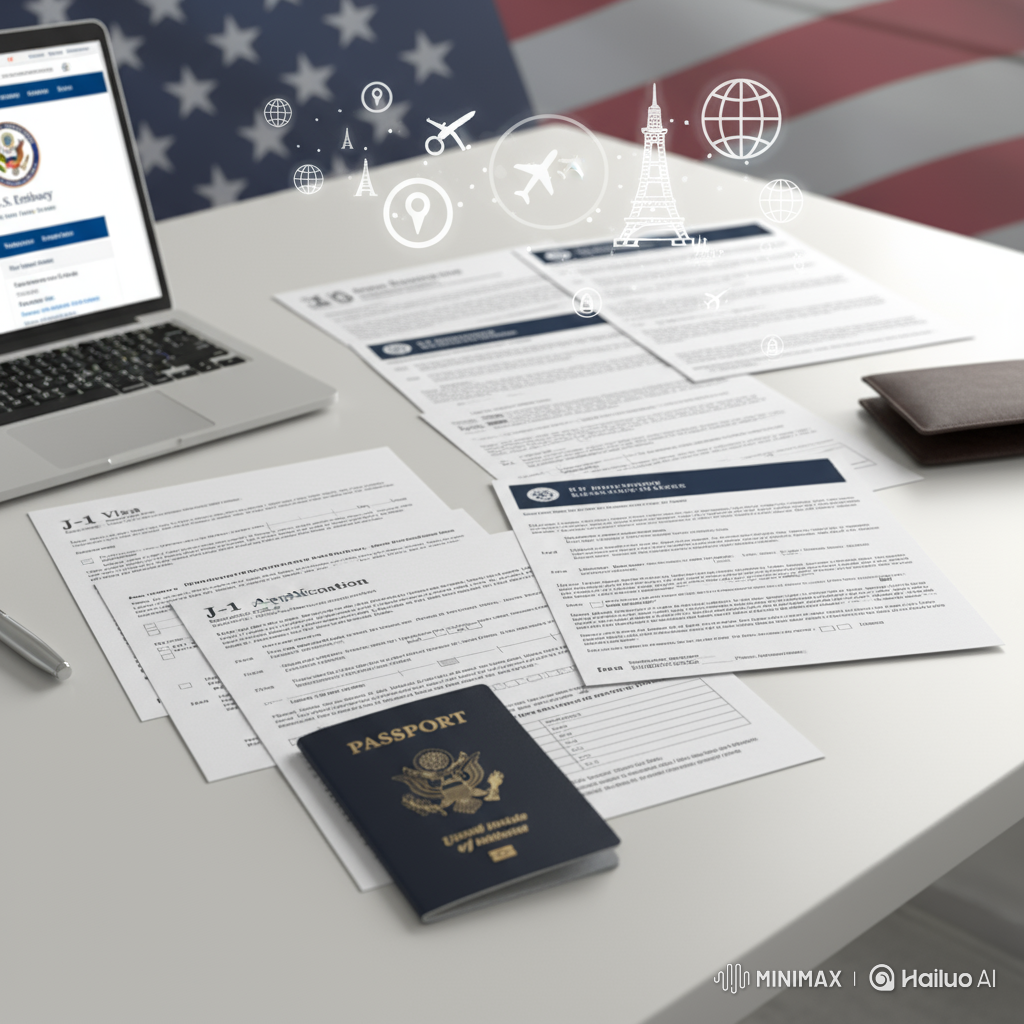Studying abroad isn’t just about learning a new language — it’s about stepping into a different world, growing as a person, and creating experiences that will stay with you forever. As someone who joined an exchange program myself, I can tell you that few things expand your mind and confidence like living in another country.
In this complete guide, you’ll find everything you need to know before applying: what exchange programs are, how they work, where to find them, and the main requirements for U.S. students.
What Are Exchange Programs and How Do They Work for American Students?
Exchange programs allow U.S. students to live and study in another country for a set period of time — usually from a few weeks to an entire academic year. These programs are often organized by schools, universities, non-profit organizations, or through government initiatives like the U.S. Department of State’s Bureau of Educational and Cultural Affairs.
You can attend classes in a local school, live with a host family, and fully immerse yourself in a new culture. Some programs also include internships or volunteer work.
Pro tip from experience: Before joining, make sure you understand if your credits will transfer back to your U.S. school. It’s one of the biggest details students often overlook.
Top Benefits of Joining a Study Abroad or Cultural Exchange Program
- Global perspective: You’ll develop a deeper understanding of world issues and cultures.
- Career boost: Employers value international experience and adaptability.
- Language skills: Immersive environments accelerate learning.
- Personal growth: Living abroad helps you build independence and problem-solving skills.
- Lifelong connections: You’ll meet people from all over the world who may become lifelong friends or even business partners.
When I joined my own exchange program, the biggest benefit wasn’t just learning a new language — it was learning how to see my own country from a completely different angle.
Main Types of Exchange Programs
1. High School Exchange Programs
For students aged 15–18, usually one academic year. Students live with host families and attend local schools abroad.
2. College or University Exchange
Offered by most U.S. universities through partner institutions overseas. Ideal for earning credits while exploring another education system.
3. Short-Term Cultural or Language Programs
Last from 2 to 8 weeks, perfect for summer or winter breaks.
4. Volunteer and Work & Travel Programs
For students or young adults who want hands-on international experience through volunteering or short-term jobs.
Requirements and Visas for U.S. Students (J-1, F-1, and More)
Depending on your destination and program, you might need a J-1 Exchange Visitor Visa or an F-1 Student Visa.
J-1 Visa: For exchange visitors sponsored by approved organizations (common for high school and short-term cultural exchanges).
F-1 Visa: For academic study programs at accredited institutions.
Other visas: Some volunteer or internship programs may use specialized categories.
Tip: Apply early — visa appointments and sponsor approvals can take months. I learned this the hard way, almost missing my departure date because I delayed my J-1 interview.
How to Choose the Right Destination Country for Your Exchange Experience
Choosing a country goes beyond language or location. Ask yourself:
- What culture do I want to experience?
- What subjects or industries interest me most?
- What are the living costs and visa regulations?
Popular destinations for American students include Spain, France, Japan, Germany, Australia, and South Korea — each offering unique cultural and academic opportunities.
From my own experience, it’s not about the “most popular” country — it’s about the one that challenges you the most and aligns with your goals.
Financial Aid, Scholarships, and Government Resources
Studying abroad can be expensive, but there are multiple funding sources:
- U.S. Department of State scholarships (e.g., Benjamin A. Gilman Scholarship).
- Fulbright Program for graduates and professionals.
- EducationUSA for resources and official guidance.
- Private scholarships from organizations like Rotary, AFS, and CIEE.
Pro tip: Always check if your current school offers study abroad grants. Many institutions have funds specifically for students participating in exchange programs.
Cultural Adaptation and Tips to Make the Most of Your Time Abroad
Culture shock is real, but manageable. Keep these in mind:
- Be open and flexible — don’t compare everything to the U.S.
- Learn basic phrases in the local language before arriving.
- Keep a journal — it helps track your progress and emotions.
- Stay in touch with both local and American friends for balance.
- Remember: it’s okay to feel homesick; it means you care.
When I first arrived abroad, I struggled with small things like meal times and social norms — but that discomfort turned into one of the richest parts of the experience.
Most Popular Exchange Programs and Organizations
Some of the most trusted exchange organizations for U.S. students include:
- CIEE (Council on International Educational Exchange)
- AFS Intercultural Programs
- Rotary Youth Exchange
- EducationUSA
- EF Education First
Each has different focuses — some prioritize academics, others cultural immersion or volunteer work. Always verify that the organization is recognized by the U.S. Department of State.
Final Thoughts: Why Studying Abroad Is One of the Best Decisions You Can Make
Exchange programs aren’t just about travel — they’re about transformation. You return with a stronger sense of independence, a more open mind, and a deeper appreciation for global diversity.
From my own experience, I can confidently say: studying abroad will challenge you, inspire you, and prepare you for life in ways no classroom ever could.
FAQs
1. How long do exchange programs last?
From a few weeks to a full academic year, depending on the type and host country.
2. What age is best for studying abroad?
High school (16–18) and college (18–22) are the most common, but adult programs also exist.
3. Can I apply without knowing another language?
Yes, many programs are in English or offer language support.
4. How do I find official programs?
Start with educationusa.state.gov or exchanges.state.gov.

